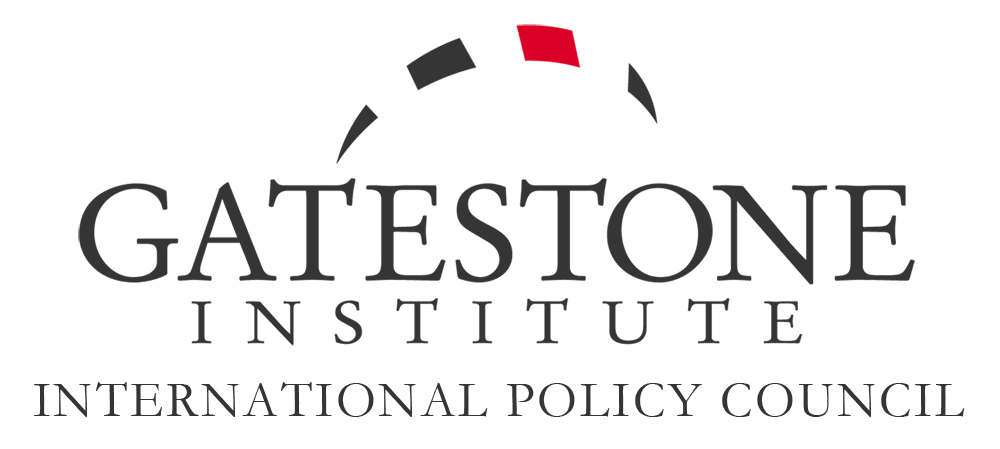 75 lat temu zbuntowali się więźniowie Sonderkommanda w Birkenau
75 lat temu zbuntowali się więźniowie Sonderkommanda w Birkenau
Marek Szafrański
 Palenie zwłok Żydów w KL Auschwitz-Birkenau – fotografia wykonana potajemnie przez jednego z członków żydowskiego Sonderkommando w 1944 r. Źródło: IPN
Palenie zwłok Żydów w KL Auschwitz-Birkenau – fotografia wykonana potajemnie przez jednego z członków żydowskiego Sonderkommando w 1944 r. Źródło: IPN
75 lat temu w Auschwitz II-Birkenau zbuntowali się więźniowie Sonderkommanda. Byli to głównie Żydzi, których Niemcy wykorzystywali do usuwania ciał zgładzonych w komorach gazowych. Wydarzenia z 7 października 1944 r. to największy bunt w historii obozu.
Pod koniec lata 1944 r., gdy malała liczba transportów z Żydami przeznaczonymi na zagładę, Niemcy zaczęli sukcesywnie likwidować więźniów Sonderkommanda. We wrześniu zgładzili ok. 200 osób. Pozostali zdali sobie sprawę z zagrożenia i zaplanowali bunt. W przygotowaniach Żydom pomagali jeńcy sowieccy, również wcieleni do Sonderkommanda.
Załmen Gradowski, polski Żyd, jeden z organizatorów buntu, w relacji, którą zakopał koło krematorium, opisał najważniejsze wydarzenia, jakich był świadkiem. Jedno ze zdań odnalezionej po wojnie relacji brzmiało: „Mamy straszne przeczucie, gdyż wiemy”.
Plan buntu zakładał wysadzenie krematoriów, podpalenie baraków, przecięcie drutów i masową ucieczkę. Więźniowie dysponowali prymitywnymi granatami, wykonanych z materiału wybuchowego zdobytego od więźniarek pracujących przy demontażu starych samolotów.
7 października 1944 r. rano obozowy ruch oporu zawiadomił buntowników, że SS zamierza zgładzić 300 członków Sonderkommanda. Żydzi postanowili walczyć. Organizatorami buntu, oprócz Gradowskiego, byli polscy Żydzi: Jankiel Handelsman, Josef Deresiński, Josef Darębus. Sygnałem do walki miało być podpalenie krematorium.
Shlomo Venezia, zmarły w 2012 r. członek Sonderkommanda, wspominał, że najważniejsza część buntu miała się rozegrać w krematorium II. Więźniowie planowali, że zaatakują wartowników SS, którzy każdego dnia o godz. 18.00 przechodzili w pobliżu bramy idąc do wieżyczek, zabiją ich i zdobędą broń. To miał być sygnał do walki.
Esesmani przyszli jednak po godz. 13., by zabrać więźniów z krematorium IV. Zostali zaatakowani. Więźniowie byli uzbrojeni w kamienie, młotki i siekiery. Podpalili krematorium. Akcję podjęli także osadzeni w krematorium II. Zgładzili m.in. kapo. „Ocaleni opowiedzieli nam, co zrobili z Karlem, niemieckim kapo, tym pospolitym kryminalistą, który najprawdopodobniej doniósł o planowanym buncie. Ogłuszyli go i tak jak stał, w ubraniu wrzucili do pieca” – relacjonował Venezia. Następnie przecięli druty obozowe i zaczęli uciekać w stronę wsi Rajsko. Tam zabarykadowali się w stodole. Niemcy obrzucili ją granatami wzniecając pożar. Wielu Żydów zabili seriami z karabinów maszynowych.
W walce zginęło ok. 250 więźniów. Byli wśród nich organizatorzy buntu. Ok. 200 zatrzymanych rozstrzelano wkrótce potem. „Zebrano nas przy krematorium. Przemawiał komendant. Pytał, czy zdajemy sobie sprawę z tego, co zrobiliśmy? Powiedział, że poniesiemy konsekwencje. Kazano nam położyć się twarzą do ziemi, ręce do tyłu i rozstrzeliwano co trzeciego” – wspominał więzień Sonderkommando Henryk Mandelbaum.
Liczba osób w Sonderkommando zmniejszyła się po buncie z 663 do 212. Pozostałych przy życiu Niemcy umieścili w krematorium III.
Po buncie Niemcy wszczęli dochodzenie, skąd więźniowie mieli proch. Ustalili, że dostarczały go żydowskie dziewczęta zatrudnione w fabryce: Roza Robota, Ala Gaertner, Regina Safirsztain i Estera Wajcblum. Zostały powieszone trzy tygodnie przed wyzwoleniem obozu.
Pierwsze Sonderkommando powstało, by obsługiwać krematorium I w obozie macierzystym Auschwitz, w którym już latem 1941 r. palono ciała ofiar gazowania Cyklonem B. Adolf Eichmann, organizator masowej zagłady Żydów, zalecał, by członków Sonderkommando likwidować po każdej większej akcji palenia zwłok. W praktyce czyniono to co kilka miesięcy, pozostawiając przy życiu palaczy, mechaników i funkcyjnych.
Jedno z pierwszych Sonderkommand liczyło 80 więźniów. Zgładzono ich latem 1942 r. Na początku lata 1944 r., gdy do Birkenau docierały transporty z Żydami węgierskimi, liczyło ono ok. 900 osób. Więźniowie ci zawsze byli odizolowani. Obóz przeżyło kilkudziesięciu z nich.
Henryk Mandelbaum o Sonderkommandzie mówił: „Kiedy trafiłem do niego, było tak, jakbym do piekła trafił. Ja to palenie, wyrywanie zębów mam codziennie przed sobą. Chodzę z tymi obrazami, jem, śpię, tańczę, śpiewam. Tego się nie da wymazać. Mam to we krwi, w całym ciele” – wspominał. (PAP)
Zawartość publikowanych artykułów i materiałów nie reprezentuje poglądów ani opinii Reunion’68,
ani też webmastera Blogu Reunion’68, chyba ze jest to wyraźnie zaznaczone.
Twoje uwagi, linki, własne artykuły lub wiadomości prześlij na adres:
webmaster@reunion68.com




